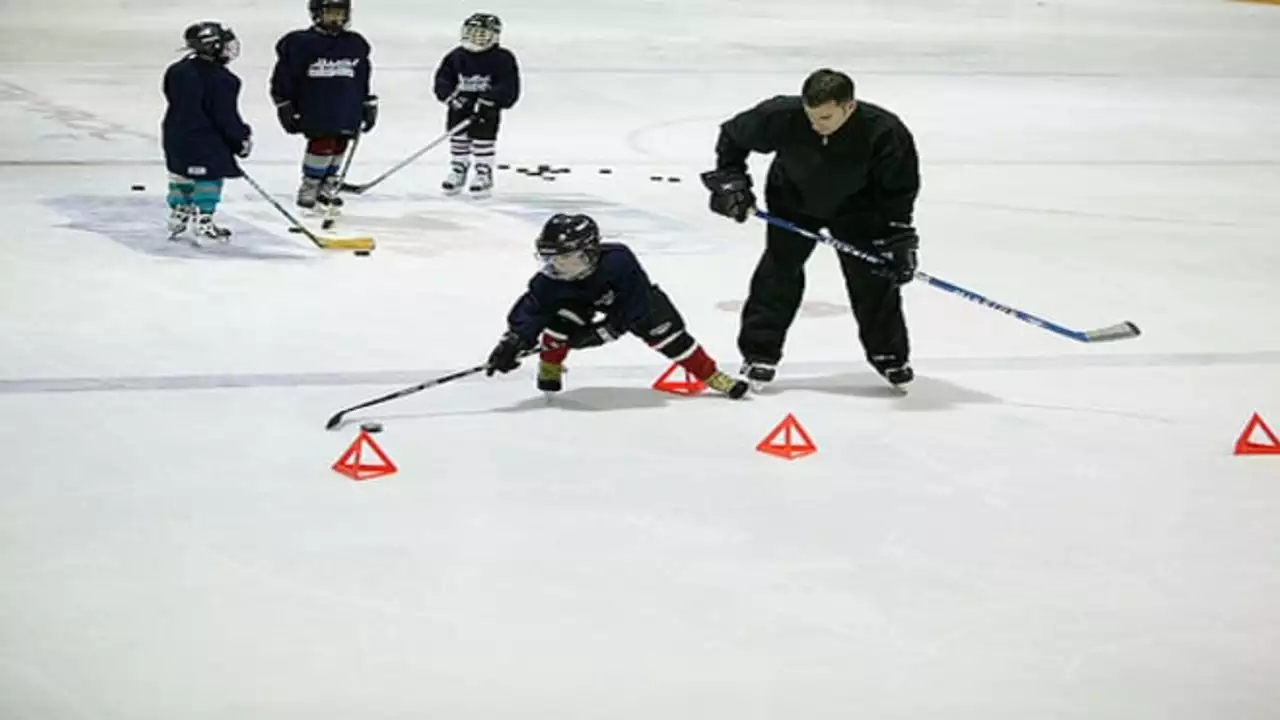Why Understanding Hockey Basics Is Important
If you’re new to the game or want to get better, knowing the fundamentals isn’t just nice—it’s essential. A solid grip, correct stick handling, and basic rules give you confidence on the pitch or the ice. Without that foundation you’ll waste time, make avoidable mistakes, and miss out on the fun.
First off, the basics protect you. Proper technique keeps injuries down. For example, holding the stick the right way reduces strain on your wrists and shoulders, so you can play longer without pain. Likewise, knowing how to lift the puck correctly means you won’t slam it into the boards and hurt yourself or a teammate.
Second, basics speed up your learning curve. When you already understand core skills, picking up advanced moves becomes a lot easier. You’ll see how a simple wrist flick can turn into a powerful slapshot, and you’ll be able to link tricks together without thinking too hard.
Why the Basics Matter
Everyone talks about star players, but those stars all started with the same basics. A forward who scores 30 goals a season still practices passing drills, shooting from different angles, and footwork every week. Those drills build muscle memory, so when the game gets fast‑paced the right actions happen automatically.
Knowing the rules also matters. A mis‑step like an off‑side can cost your team a goal. Understanding when the off‑side line moves, how the penalty box works, and what off‑ice officials do keeps you from giving the opposition free chances.
Even the colour of the pitch has a purpose. Blue turf, for instance, improves visibility of the ball and reduces glare, helping you track the play better. When you’re aware of these details, you can adjust your positioning and react quicker.
How to Use This Info
Start with a quick self‑check: are you gripping the stick correctly? Hold the top hand near the top of the shaft, thumb and index finger wrapped lightly, and the bottom hand lower on the shaft. Practice a few wrist flicks on a flat surface, then move to the puck.
Next, spend 10 minutes each practice on basic passing drills. Simple give‑and‑take with a partner builds accuracy and timing. Then add a shot after every pass to blend skills together.
Don’t skip rule reviews. Pick one rule each week—off‑side, penalty timing, or how overtime works—and watch a short video or read a quick recap. Apply that rule in a scrimmage and notice the difference.
Finally, watch games with a purpose. When you see a professional player lift a puck, pause and think: what stick position did they use? How did their wrist move? Try to copy that motion in your own practice.
Remember, the importance of basics isn’t about being boring. It’s about giving yourself the tools to enjoy the game, avoid injuries, and keep improving. Keep the drills short, stay consistent, and you’ll feel the progress fast.
So whether you’re playing field hockey on a blue pitch or ice hockey on frozen glass, mastering the fundamentals is the first step to having a great time and becoming a better player.
